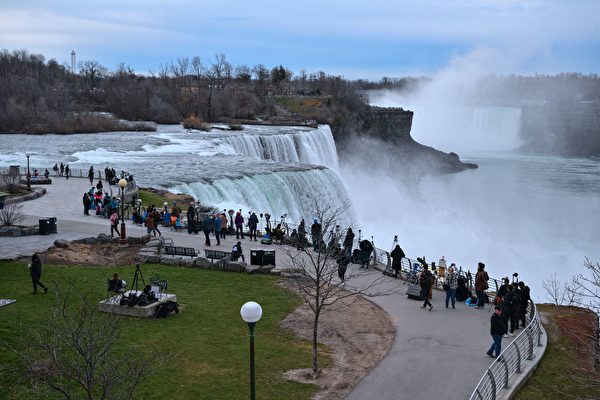On April 8th, a total solar eclipse occurred in North America, captivating residents and tourists in the United States, Canada, and Mexico. The eclipse path spanned from the west coast to the east coast, offering a spectacular celestial event for onlookers.
Many people gathered at the world-renowned Niagara Falls, situated near the US-Canada border, to witness this astronomical phenomenon. The eclipse provided a breathtaking experience as the moon completely blocked the sun, casting a shadow over the region and creating a surreal atmosphere.
Total solar eclipses are rare events that garner significant interest and excitement among the public. Observers often travel long distances to witness the alignment of the sun, moon, and Earth, resulting in a mesmerizing display of nature’s wonders.
The clear skies and favorable viewing conditions made it an ideal day for observing the eclipse, allowing spectators to marvel at the beauty and mystery of the universe. As darkness descended during the peak of the eclipse, the surrounding landscape was transformed, evoking a sense of wonder and awe among those present.
Events like these serve as a reminder of the vastness and complexity of the cosmos, inspiring a sense of curiosity and wonder about the natural world. The total solar eclipse offered a rare opportunity for people to come together and appreciate the marvels of the universe, uniting individuals in a shared experience of awe and amazement.
Whether you are a seasoned astronomer or a casual observer, witnessing a total solar eclipse is a truly remarkable and unforgettable experience that leaves a lasting impression on all who have the privilege of seeing it.

